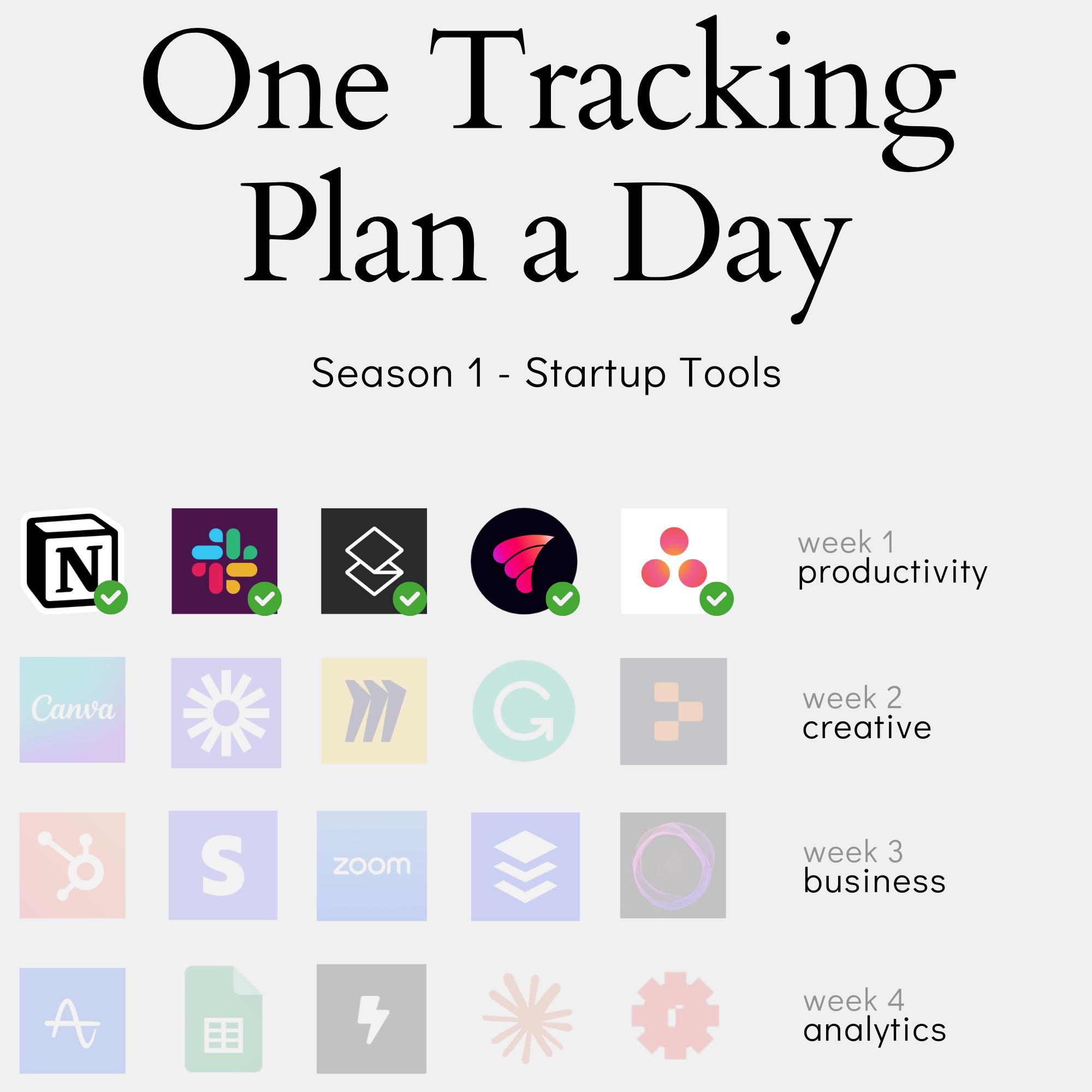Combining your Product Strategy with your Analytics Implementation - Tracking Plan for Asana
Analytics can feel deceptively simple when you start with a product like Asana. Track some tasks, measure completion rates, count active users - done, right? But as your product evolves beyond its core features, your analytics need to evolve too. The real challenge isn't tracking basic metrics; it's building an analytics framework that captures both your product's essential heartbeat and its strategic evolution. While simple task management metrics might tell you if users are active, they won't reveal if your product is truly delivering on its strategic promise.
In this post, we'll explore how to build an analytics framework that grows with your product, using Asana as our example. We'll look at how to move from basic task tracking to measuring strategic initiatives, how to turn these insights into product features, and how to track success across both individual users and entire organizations. Whether you're building a task management tool or any other SaaS product, these principles will help you create analytics that drive product growth.
In this content series - season 1, I create a tracking plan for a typical start-up tool every day for four weeks (I take a break on the weekend), so 20 in total. This is the 5th one: Asana. Here is the season overview:

From Basic to Strategic: How to Evolve Your Analytics as Your Product Grows
Start with Your Core: Identifying Essential Product Activities
Every product has a heartbeat - that core activity that drives everything else. For Slack, it's messages. For Superhuman, it's emails. For Asana, it's tasks. When building your analytics foundation, start by identifying this pulse.
In its simplest form, a task management tool like Asana needs just two fundamental entities:
- Tasks: The core unit of work
- Users: The people doing the work
That's it. You could build a working task management analytics setup with just these two entities and a handful of key activities:
- Task created
- Task completed
- Task assigned
- Task commented

"If you really want to get started, create a tracking plan for a task management for just a to-do app. The to-do app already has a very simple data model by itself. And therefore the analytics model is also pretty simple."
Join the newsletter
Get bi-weekly insights on analytics, event data, and metric frameworks.